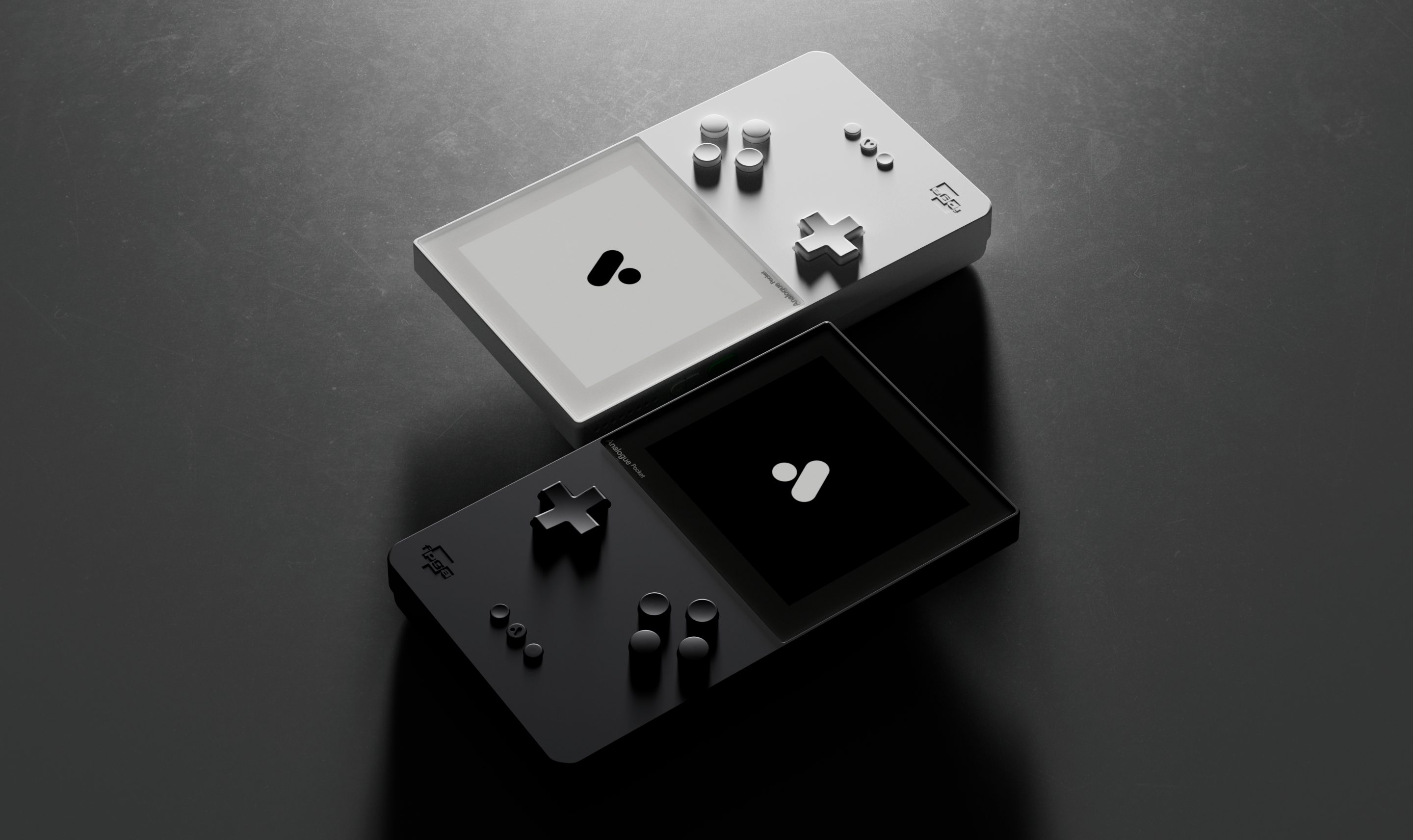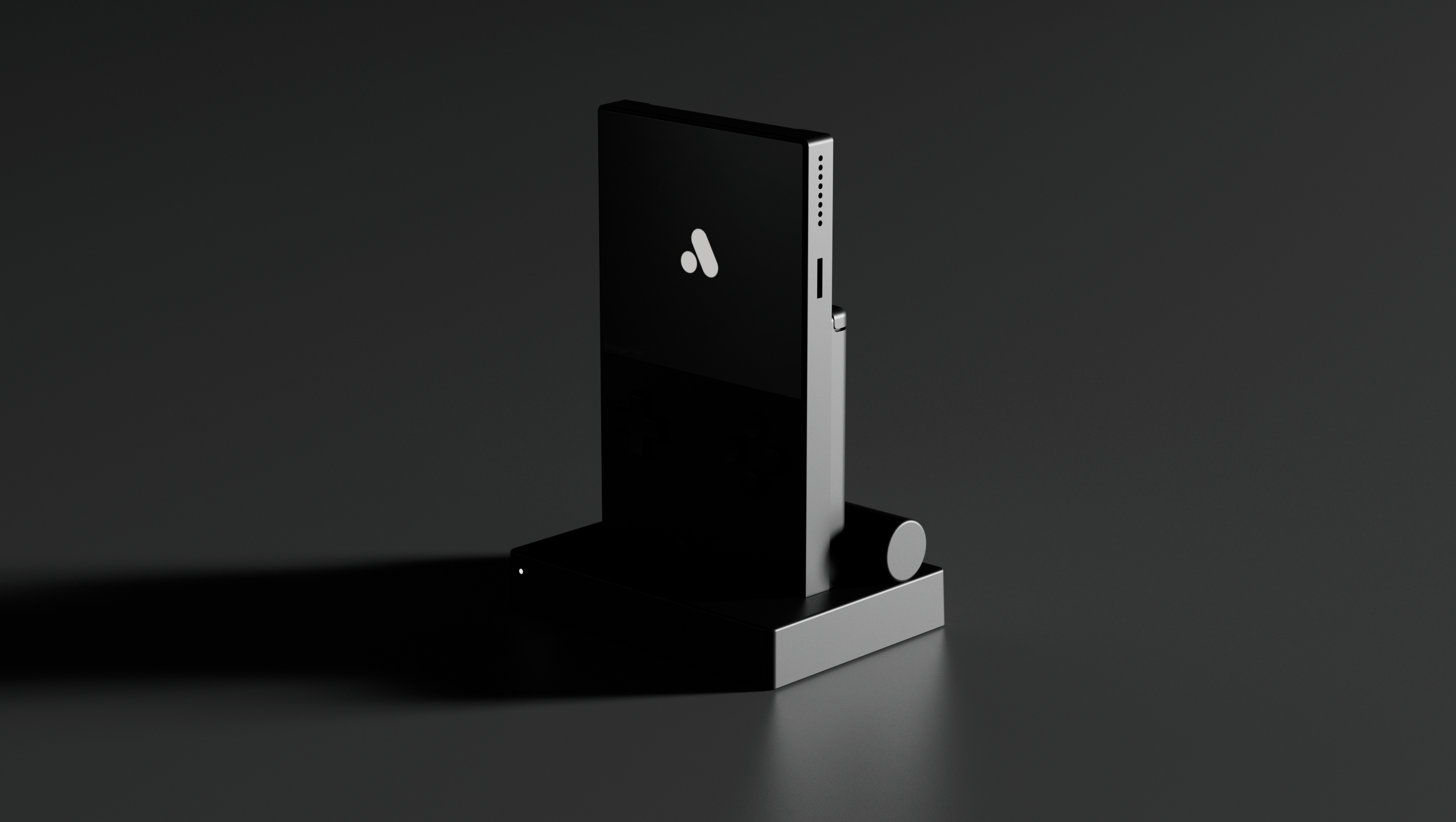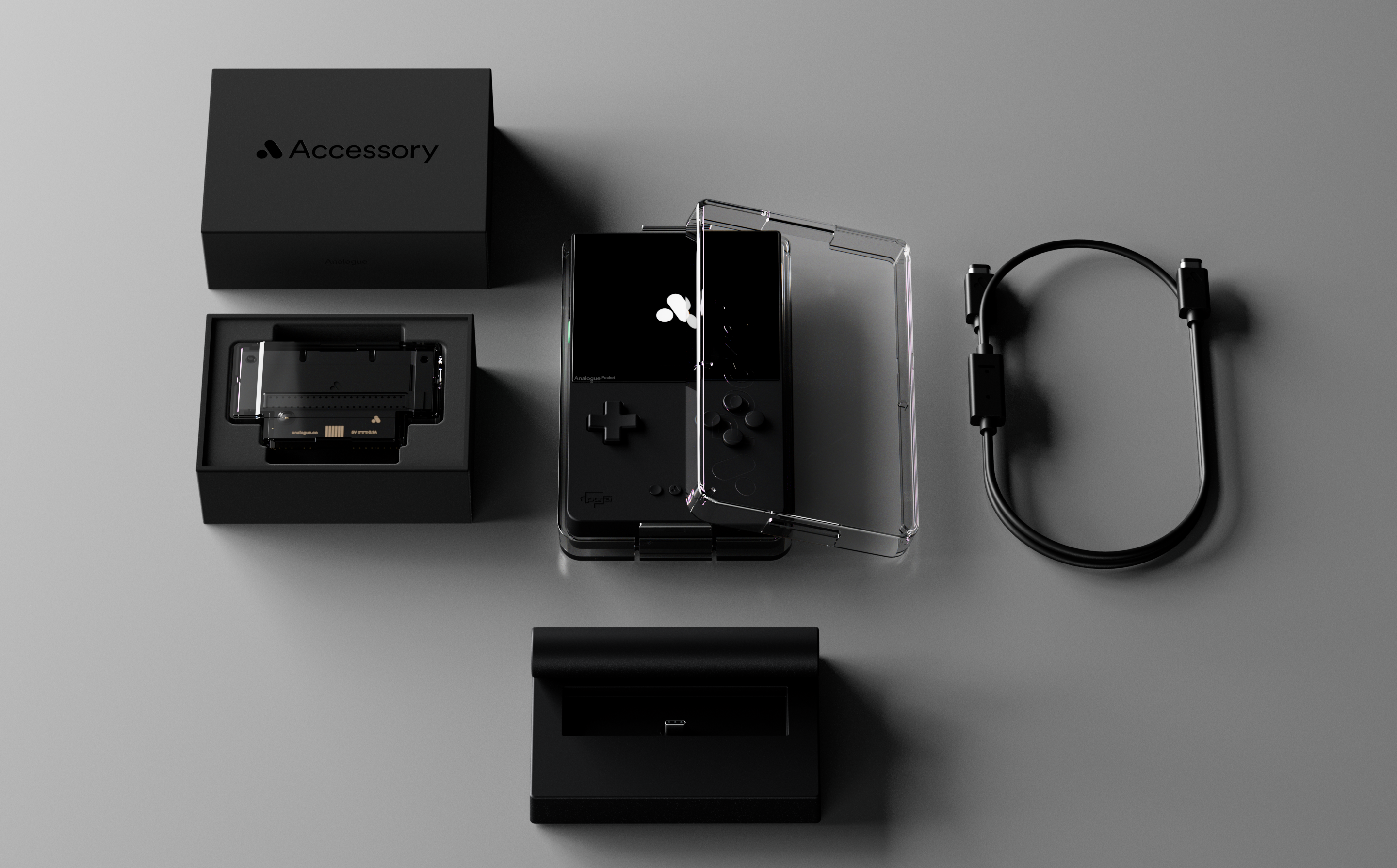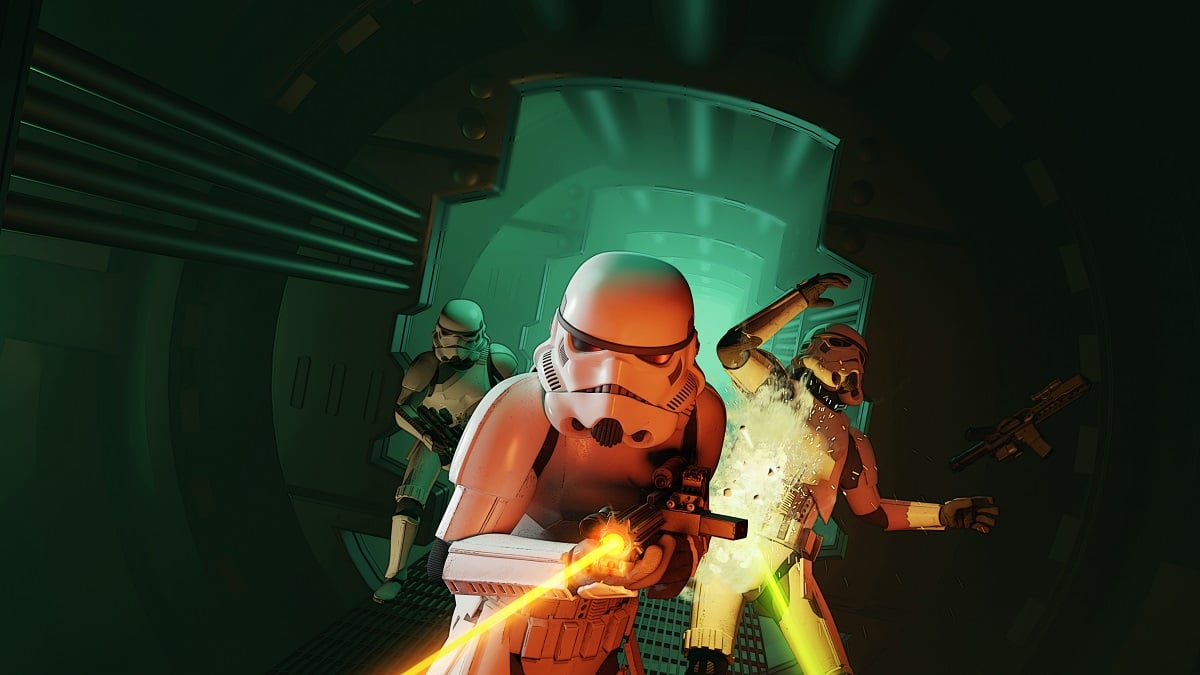The Game Boy era of video games has low-key started to get pretty old. Whereas I once used to have various Game Boy consoles and games cluttering assorted drawers in my bedroom, most of my collection in recent years has either been put away in storage or eventually was sold off. What I’ve personally found in recent years, however, is that I have had the desire to pick up some of these older games once again. The only problem, though, is that accessing these titles has become increasingly difficult and inaccessible for a number of reasons.
In a time where emulation has likely become the easiest way in which many games from this era are now experienced, Analogue is looking to buck this trend in a major way with its new Pocket hardware. The handheld device, which greatly resembles the original Game Boy, is compatible with almost every game that has ever come to the platform, including the Game Boy Advance. Rather than just simply being a new device that allows players to experience these games in a convenient way, though, the Pocket improves titles from this time period in ways that you need to see to believe.
The biggest selling point of the Analogue Pocket comes with its screen. Not only is the screen of the Pocket a good amount larger than the one featured in the Game Boy, Game Boy Color, or even various models of the Game Boy Advance, it also improves the visual fidelity by 10 times when compared to the original platforms. What’s baffling about this is that the games themselves haven’t changed at all. You can simply plug-in any GB, GBC, or GBA game right into the Pocket and they’ll work as you would expect. The Pocket, through FPGA technology and the high-resolution screen, is able to then make these games from yesteryear look exactly how you remember them in your head, rather than presenting them as they actually were. Essentially, the Pocket makes these old school games look like they’re in HD.

One of the nicest things about the Analogue Pocket is that it also doesn’t feel cheap in the slightest. There’s a heft to this handheld that I wasn’t expecting when I first picked it up, but it’s not so heavy that it’s ever uncomfortable to hold. Outside of the screen, the other aspects of the Pocket are also incredibly nice. The buttons and D-pad, in particular, both feel very firm and well-made. This feels like something you could use constantly for years to come and it would still be in great shape.
The operating system that sits at the core of the Analogue Pocket is relatively straightforward, but it does come with a number of cool features that can change how you experience games on the platform. For starters, you can put the Pocket in a rest mode that will suspend your games, much as we’ve come to expect from modern video game consoles. This means that the days of needing to find a Save Point (remember those?) in many of these older games is now somewhat irrelevant. You can also endlessly tweak some of the display options to fit your own preferred playstyle. So if you really want original Game Boy games to come with that thick, green filter that they used to have, you can toggle this option on and play them as they once were.
Likely the most incredible part of the Pocket is that Analogue has developed it to do way more than just play video games. Nanoloop, which is a piece of music development software, has been built-in with the Pocket so that you can connect it (via an additional MIDI cable) to synthesizers and sequencers to create your own retro-sounding tunes. I’m not a musician in the slightest, so I admittedly haven’t tested out this feature whatsoever, but the fact that it’s even included here is pretty incredible.

Outside of the Pocket itself, Analogue is also selling numerous other accessories that can be used to complement the system. The most notable of these is likely the Dock, which works pretty much exactly like the Nintendo Switch. Once connected to a TV or monitor, you can simply slot your Pocket into its corresponding USB port on the Dock to view your games on a large screen at 1080p resolution. Surprisingly, I found that these handheld games actually look far better than expected when blown-up in this manner. The Dock is also compatible with a number of modern controllers, including the Switch’s Pro Controller and the PS4’s DualShock 4, which is greatly convenient.
Even if you don’t want to play Game Boy games, the Pocket also is compatible (or will be) with numerous other handheld platforms from the past. At this point in time, Analogue is selling an additional adapter for Game Gear, which is Sega’s handheld that was released in the early 1990s. This adapter simply plugs into the back of the Pocket and, from there, you just slot in your Game Gear games and start playing. Analogue has plans to release more adapters in the future for Atari Lynx and Neo Geo Pocket as well, which means that the Pocket’s library is only going to keep expanding. This is really meant to be an all-in-one handheld that is unlike anything else we’ve really seen before.
If there is one aspect of the Analogue Pocket that I do find a bit annoying, it comes with the update process. In a day and age where virtually every console can connect to the Internet to download new firmware updates, the Pocket requires you to download these new patches onto a Micro SD card before then inserting said card into the system. Once this is done, the Pocket itself then updates on its own, but it’s the steps leading up to this that made me wish the platform simply contained some form of Internet connectivity to streamline the process a bit more. The Dock itself also requires new firmware updates from time to time and these patches must be downloaded onto a USB stick. Again, none of this is a major problem, but I do wish this whole ordeal was a bit simpler.

The other thing that is a bit of a bummer is that many of the long-term features that Analogue wants to implement with the Pocket aren’t available here at launch. Game libraries, certain development options, and even additional controller support for the Dock are all things that Analogue has made clear that it will be adding in the future, but they aren’t present right now. Other tools such as Quick Saves/Loads did arrive here at release, but only in a beta form, meaning that there is still some work to be done. As a whole, I’m happy to know that Analogue is committed to making sure the Pocket continues to improve over time, but I do wish that some of these things would have been included right away.
Despite some small issues, the Analogue Pocket is a fantastic piece of hardware through and through. If you’re someone who has been looking for a great way to play handheld games from the past, this is by far the best device I have seen yet that is specifically dedicated to the Game Boy library and beyond. And even when not simply playing games, the additional features that Analogue has added to this machine only further solidify why it’s such a rad piece of tech. With the promise that the Pocket is only going to get better as time goes on with future updates, this is an easy recommendation for any retro gaming enthusiast.
Rating: 4.5 out of 5
The Analogue Pocket and all of its accompanying accessories are currently available to pre-order through Analogue’s official website, with shipping dates to be determined. A review unit of the Pocket and all of its accessories was provided by Analogue for the purpose of this review.


